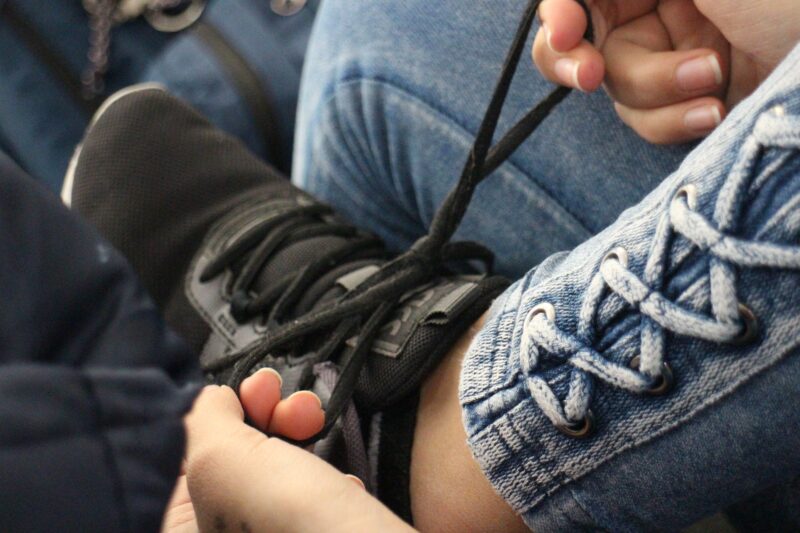I was in a meeting a few weeks ago where we were discussing fundraising ideas for a specific event being held by a non-profit organization. We were in the brainstorming phase so the ideas being thrown around were broad and creative. Sitting around the table were professionals with decades of leadership experience and a varied set of practical and strategic skills. One of the ideas was something this particular organization had not done before, but in talking about how the idea aligned with the event overall, all of us started to feel excited about the potential of it.
And yet.
And yet it remained as sort of a “wouldn’t it be great if we could do this” idea because everyone labeled it in their minds as aspirational, not achievable. No one wanted to take it on.
I opened my big mouth and volunteered to give it a try.

Here’s my thinking in times like these:
- What’s the worst that could happen?
- I’m resourceful. I’ll do a lot of research, experiment, adjust, repeat.
- If it’s an epic fail, at least I will have given it a try. It will be a learning experience.
Here’s what I imagine other people were thinking:
- What if I fail?
- How would I possibly know how to do this?
- I don’t want to try something new in front of other people.
In hindsight, the idea was a fabulous idea and an incredibly huge amount of work. Much more than I anticipated. However, I’m still glad I took it on. Of the five fundraising ideas we executed, this one idea took in almost 50% of the total funds raised. For me personally, it has had lasting impacts:
- I developed a new skill.
- I geeked out learning a brand-new hobby.
- I made some new connections that have already netted benefits in other areas of my life.
Keep in mind, I didn’t try to do something without research and practice on my own.
Here’s my general process for tackling these types of efforts:
- Don’t take it on to start with unless you are really excited about it. There must be some natural curiosity that drives you or else, when it gets tough, you’ll give up.
- Do your research. What are the key elements that others have found to be successful? How have others planned similar efforts? What skills are needed? How are these obtained?
- Start small. Experiment. How did it go? What did you learn? What would you change? What worked well?
- Adjust and repeat.
Take, for example, learning to tie your shoes when you were little. Run that goal through the four steps above and you’ll see how children can teach us that “failure” is the best teacher. It’s infinitely better to have tried and learned something than to never try at all.
Anyone can do new things!
It’s a fixed mindset that holds people back. Don’t be afraid.
Have you been holding yourself back on trying a new idea for your business or organization? I’d love to hear about it and talk through ways to make it achievable, not just aspirational. Let’s chat!


